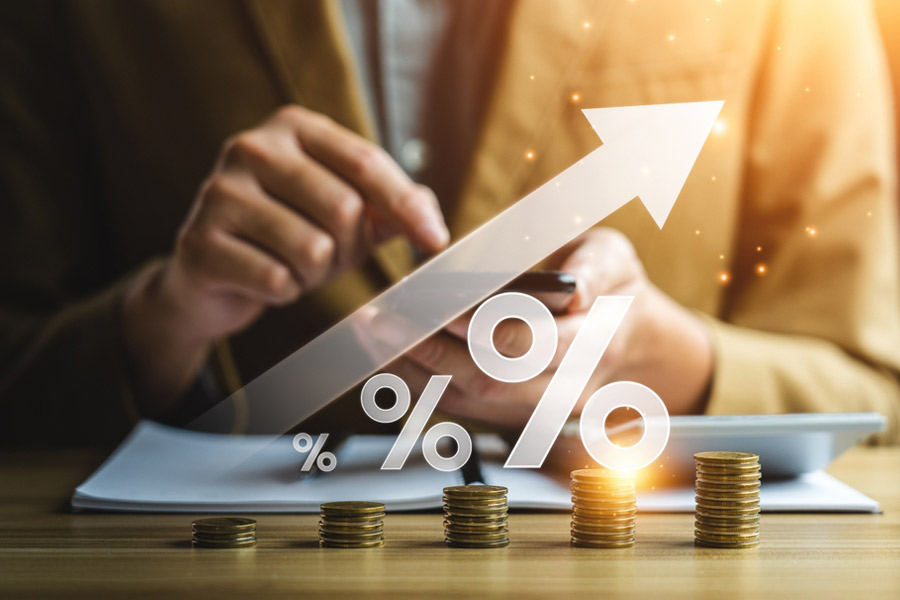A classic among classics in the European ballet paradigm with a heartbreaking tale of love, sin, loss and betrayal at its centre, Swan Lake has a canonical status in the rarefied space of concert dancing. For many choreographers, Tchaikovsky’s tour de force has provided a context for asking important questions about political, social and racial issues. To re-present Swan Lake or another work of its ilk today, it has to capture the zeitgeist of the times in some way. However, in Hansika, an Odissi adaptation of Swan Lake by the Odissi dancer-choreographer, Sharmila Mukherjee, which she presented recently at G.D. Birla Sabhagar, there were no complexities, problematics or discernible messages to be gleaned. It retold the story rather simplistically, basing the narrative on the original music, rescored with Indian instruments, orchestration and flavour by Praveen D. Rao.
The result was a bit of a whimper. An uninspiring rendition of the story with an Odissi makeover, choreographically it strained for effect. The dancing had little texture or dynamics. The light design by B. Charles, clearly the most exciting and experimental part of the work, oftentimes overwhelmed the storytelling and pushed it towards an audiovisual spectacle that was both empty and superficial. The reworked music was a weak echo of the infectious and intense original.
Feelingly performed by Sriradha Paul and Santanu Roy, Kameshvari by the choreographers, Bichitrananda Swain and Samrat Dutta, was presented at the ICCR auditorium recently by the Sriradha Dance Foundation. It was liberating to see that the piece addressed sexuality audaciously instead of wrapping it in coyness and metaphor as is the wont in the sanitised spaces of Indian classical dance. In the context of the present world, the relevance and the accessibility of the arts depend largely on what they select as material and how potently they choose to talk about it. In Odissi and Bharatanatyam, respectively, the piece danced by Paul and Roy sought a redefinition of selfhood through a pluralistic approach to desire. The tale of Madanabhasma, in which the hapless god of love was burned by the gaze of Shiva’s third eye, raked up questions about sexuality and recognised desire as the centre of the absolute. Paul danced expressively and with flourish, her moves unabashedly sensuous in the celebration of feminine sexuality. Roy kept pace with her as they danced in synchrony to energetically embody Shiva’s union with Shakti and, in the process, stir up important queries about desire as something fundamental to spiritualism. The piece proposed a celebration of erotic emotions and the dancers displayed maturity in handling the sensitive theme. The work brimmed with the potential to cross boundaries and make ‘classical’ ideas easy to get.
Priti Patel’s Asit Awaantha Autumn was a salutation to the beauty and the bounty of the season that is a joyous moment of poise before change takes over completely. Presented by Patel and dancers of Anjika, the piece conjured images of beauty and inevitability: fallen leaves the colour of gold signifying growth and rebirth, and the advent of the goddess of bounty bringing hope and peace in her wake. Pleasing and gentle, it painted exquisite images of impermanence. The Thang-ta brought in a rush of energy which ebbed off soon and serenity returned in patterns that imitated life. In the end, it was a patchwork of different elements of Manipuri dance sewn together.










